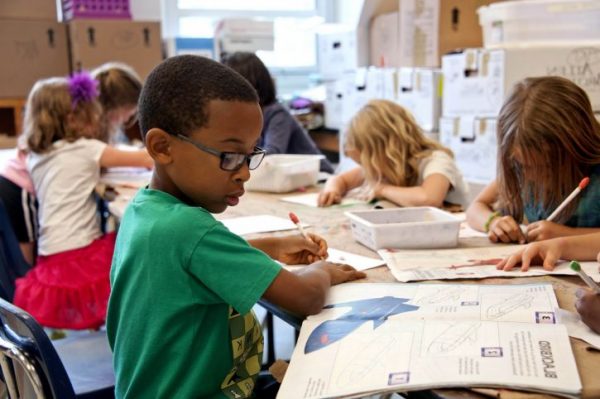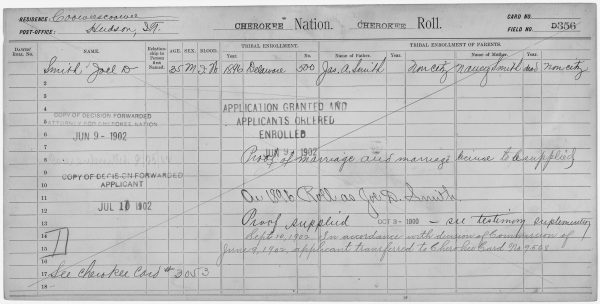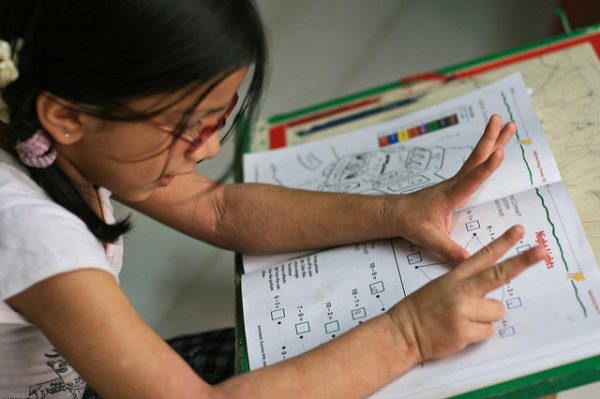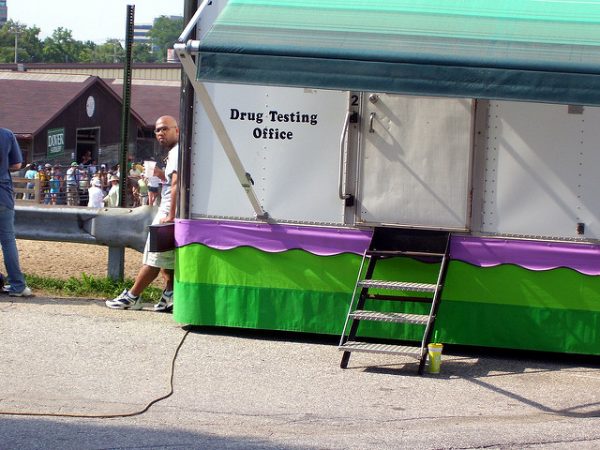
If you make at least $859,000 per year in 2016 dollars, you’re part of the “one percent”– the top 1% of income earners in the United States. According to a recent study by Jill E. Yavorsky, Lisa A. Keister, Yue Qian and Michael Naud, you’re most likely to be part of the one percent if you’re a highly educated, white, married or cohabiting man or woman in your 50s, but individuals that don’t match those characteristics are much less likely to be.
The researchers used data from the U.S. Federal Reserve Board Survey of Consumer Finances from 1995 to 2016, which includes 40,418 one-percent households. They examine whether there has been a change in the gender makeup of the one percent and how many households in the one percent rely on women’s income to remain in this top category.
In 2016, only 4.5% of elite households rely on women’s income for one-percent status. While this number has increased modestly since 1995 — when only 1.7% of households relied on women’s income — a financial glass ceiling remains intact at the one percent level, and gender progress has effectively “stalled” for these women since the mid-1990s.
Education, employment, age, and race affect whether households fall in the top one percent, but their analysis show key differences between men and women:
- Higher education. A higher percentage of both married and single men and women in the top one percent of households are highly educated, compared with those in the full population.
- Self-employment. Men and women in the top one percent are much more likely to be self-employed than those in the general population. Married men are much more likely to be self-employed than married women.
- Age. Married and single men and women in one percent households are older, on average, than the general population. The average age for single women is 63, which is 9 to 12 years older than others in the one percent.
- Race. Households in the top one percent are less racially diverse than households in the general population: Of married households in the top one percent, had respondents who identified as nonwhite, while only 3% of single-women households did.
In short, the same variables matter for both men and women, but key differences illustrate a continued gender imbalance.









